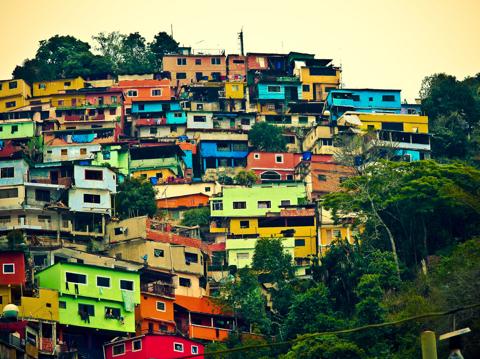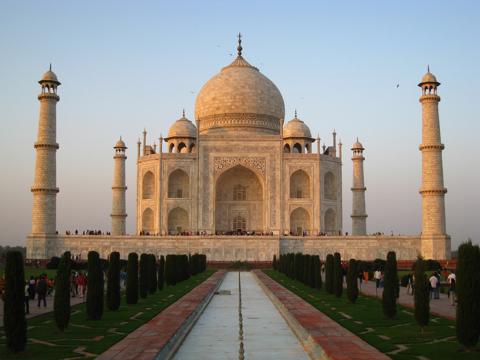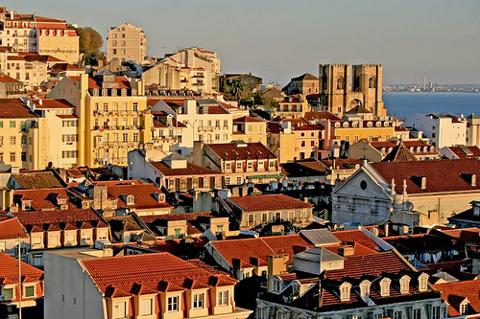How much sugar is in different products
When I saw these pictures, I was very impressed, especially with some of them. Guys from the site SugarStacks tried to give us an idea about how much sugar we can consume if we eat some products. But they note: “We don’t differentiate between different types of sugar – i.e., sucrose, fructose, cane sugar, corn syrup, honey, etc., although there are differences in how these sugars are metabolized. We just used cubes of white sugar as a visual aid”.


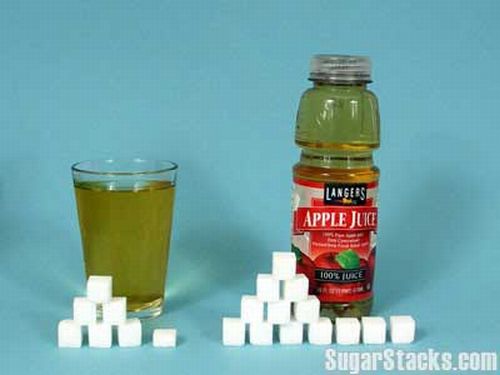
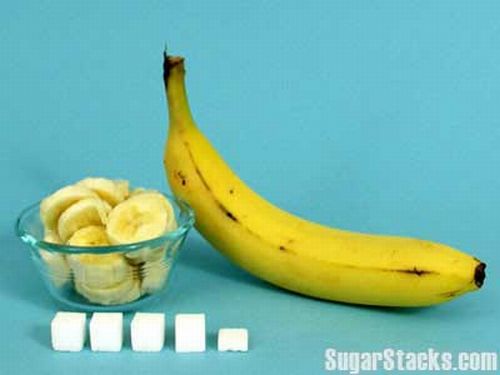
Read more...
Read more!


















